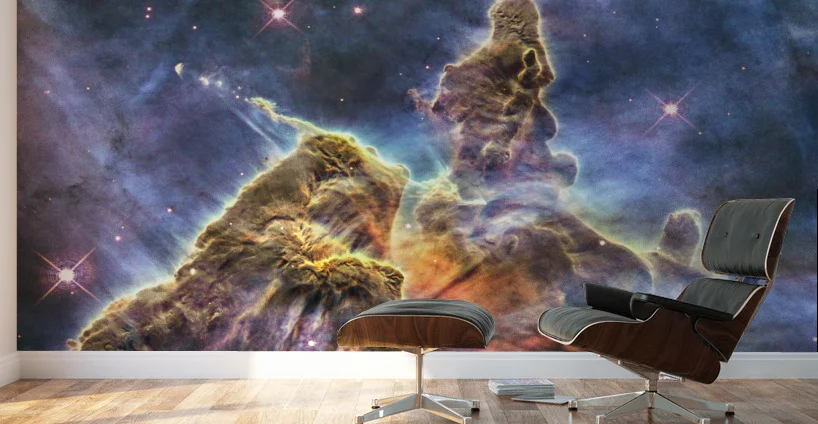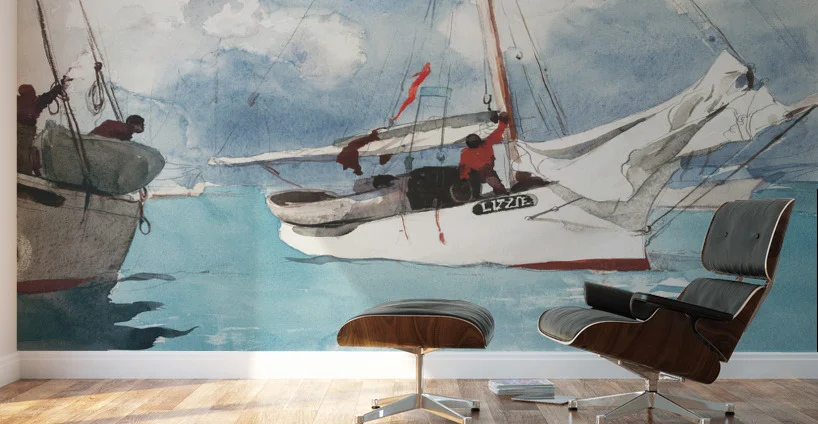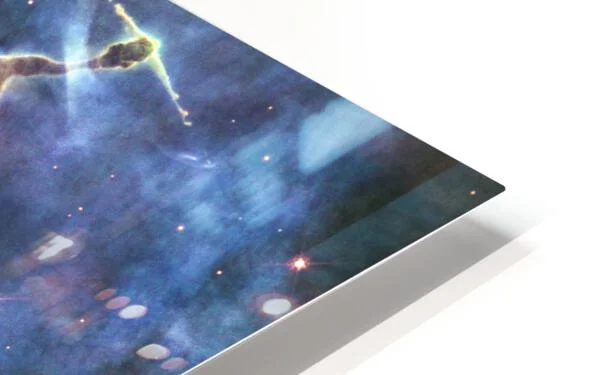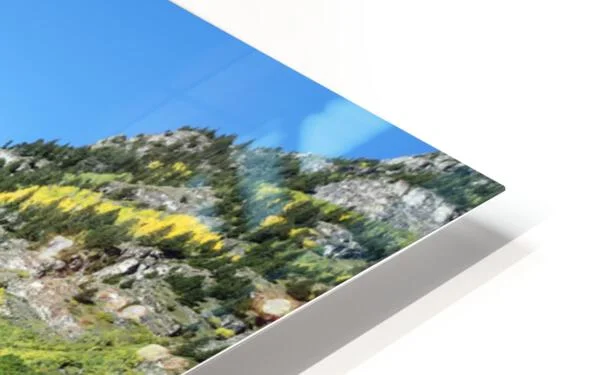Today we will be discussing what is Giclee printing. If you were excited to know about giclee printing end-to-end, then let us assure you that you have landed in the right place! The people who are curious about this particular type of printing should also know that printers like us have been serving such printing orders as a same day printing service in London for a long time in their printing journey. So no matter you want to learn about this as a consumer or businessperson, we have covered you from both sides.
And whatever your position is, let us share a vital stat. The Art Business Today Best Selling Artists Readers Poll 2009 showed that the homeownership of giclee printers went up by 10% between 2008 and 2009. So it’s a clear indication that it has got a massive public demand!
Table of Contents
What is Giclee Printing?
Now it is time to get into the details. Apart from terminology, this post will let you know its history, printing process, and many more. Want to get the best parts? Then please go ahead!
What Is Giclee Printing as a Terminology
Generally, Giclee printing denotes fine art printing by means of an inkjet printer. It’s a popular printing method to recreate prints on canvas or paper to give an expensive fine art look. Here in this technique, printers apply higher-end technologies like pigment-based dyes and fade-resistant dyes to come up with increased visual emphasis. Please note that giclee printing is one sort of inkjet printing; however, all inkjet prints are NOT Giclee prints.
Unlike a standard digital printing method, it uses a 12-colour printing system instead of a 4-colour system. Giclee ensures a great match to your artwork or photography in respect of colours, devoid of any loss of vibrancy. Even if it uses the CMYK colour wheel, it applies additional cartridges to make them more precise. Also, it covers a broader spectrum. It’s a perfect reproduction of your designs and illustrations, can provide you with durable and high-quality printing. Giclee printing is equally popular among artists and galleries and today has been a part of their regular production routine.
A Glimpse of History
You had better pronounce Giclee as ”zhee-clay”. It originates from the French term “la giclée,” which refers to “that which is sprayed or squirted.” It dates back to the 1980s. It was the time when printers used high-resolution digital scans along with archival quality inks for printing. Then in 1991, printmaker Jack Duganne coined the term for fine digital prints made on inkjet printers.
Why Giclee Became Popular
You can use Giclee both for printing and exhibition. Also, you can reproduce an artwork both on paper or canvas by spraying microscopic pigments. The usage of pigment-based ink instead of dyes ensures vivid, fade-resistant colours in this printing method. That’s why artists and printers have found it more reliable. At the same time, they have no resource issues. A huge colour gamut is available in the markets for precise recreation.
When a pigment-based ink befriends a high-grade paper or canvas, giclee printing reaches archival quality. Such work generally sustains over 100 years! It leverages to save delicate and rare pieces for the long run. Consequently, it has become popular for reproducing fine art, photography and digital or computer-generated art.
The Process of Making a Giclee Print
Let’s see what is giclee printing from a professional point of view. Look, you must maintain four fundamental things to develop a giclee work that includes the usage of different materials and technologies. Could you get to know them below?
Getting the Apt Resolution
Do you know what the resolution means? Well, it means the amount of detail captured in an image. Unless you want to lose the image’s detail and the accuracy of colours and gradients, you will need the correct resolution.
To be worthy of a giclee print, it must be at least 300 dpi (dots per inch). This is not a big deal if you print computer graphics. However, in the case of any conventional artwork or image, you have to ensure that a scanner or camera has the capability of 300 dpi. Remember, the more dots you will print, the more detailed image you will have at the end. Only in this way you can achieve the sharpest detail devoid of any fragmentation.
Selecting the Right Paper
Choosing the right paper for giclee printing is crucial. It would help if you either use archival category paper or a museum grade category. However, having an age-old printing and design experience in Print Britannia, we would recommend using archival category paper. This is what we use in our hubs to provide our customers with top-notch quality. As a rule of thumb, it usually comes under the categories such as matte, cotton-rag or canvas. And to have an ‘archival quality’ paper, you must prefer pigment-based inks.
The ‘archival quality’ denotes that the paper is resistant to deterioration. It preserves a printed product in the long run. This generally means being acid-free or lignin-free and is of 100% cotton or rag base. It results in a superb colour reproduction along with a variety of different sellers.
The professional series paper might be costly for you. In that case, you can choose any standard plain white copy paper. Or, you may go for other options as well. Let us share the most reliable paper types below. We have listed the top ones for your fine art prints!
Hahnemühle Fine Art Pearl Paper: This is a heavyweight paper with a semi-gloss finish. It comprises a premium pearl inkjet coating that ensures a high standard of colour density, gamut and graduation. This bright white paper also contains a triple-coated surface that gives brilliant resistance to ageing. This is an apt paper type for both black and white and colour photographic prints. You shouldn’t have any doubt of getting sharp, detailed print with a perfect feel of traditional art paper. It features –
Weight: 285gsm
Texture: Glossy, smooth pearl
Thickness: 0.4mm
Whiteness: 105% (105 CIE)
Material: 100% α-cellulose
Hahnemühle Bamboo: Here is one of the most popular giclée papers for you. Because of being 90% bamboo and 10% cotton rag made, this paper is eco-friendly. In order to insert a natural finish to any artwork, you may use this off-white base colour paper. It will provide you with a luxuriously soft and lightly textured feel. Besides, it draws out movement and expression in a striking way. It features –
Weight: 290gsm
Texture: Matt Smooth
Thickness: 0.5mm
Whiteness: 83% (83 CIE)
Material: 90% bamboo, 10% cotton
Hahnemühle Photo Rag: This is a 100% cotton rag giclee paper. It is trendy for providing a delicate, smooth finish. You will love this structure as it expresses the depth and fine detail. It comes with vibrant colours along with striking contrast and can hold the deepest blacks too! You can depend on this versatile paper for accurate print. It features –
Weight: 308gsm
Texture: Matt Smooth
Thickness: 0.48mm
Whiteness: 92.5% (92.5 CIE)
Material: 100% cotton
Epson Semi-Gloss Paper: It is an ideal paper for getting detailed and true-to-life images. It contains a resin coat that results in a photographic feel. Also, it can smoothly deal with high resolutions and maximum colour saturation. It features –
Weight: 190gsm
Texture: Gloss Smooth
Thickness: 0.265mm
Canson Aquarelle Rag: This is another printers’ favourite for converting watercolour reproductions to life. The Canson Aquarelle Rag paper contains unique grain to provide you with proper depth and brisk colours. You can rely on this natural, textured paper to get the archival quality. It features –
Weight: 310gsm
Texture: Matt textured
Thickness: 0.6mm
Whiteness: 83% (83 CIE)
Material: 100% cotton rag
Having the Suitable Ink
To have an ‘archival quality’ paper, you should prefer pigment-based inks instead of dye-based inks, as we suggested above. This is a composition of small coloured particles held in a suspension. Pigment-based ink has apt solubility. It will provide you with a top-notch colour tone, the least possible smearing or staining, especially with tremendous longevity of around 100-200 years!
Choosing Your Printer
It would help best if you selected a large format inkjet printer. Such a printer uses pigment-based inks, as we have mentioned above. And it can certainly hold up to 12 colour ink cartridges. The more ink you use in the printer, the more sophisticated the colour range you will have on the final output. Here are the 10 best printers for giclee printing for 2021:
- Epson Stylus Pro 11880
- Epson Stylus Pro 3880
- EPSON SureColor SC-P800
- Epson Stylus Pro 9890
- Epson Stylus Pro 4900 Photo Proof Inkjet Printer
- Canon imagePROGRAF PRO-4000
- Canon imagePROGRAF iPF9400
- Canon imagePROGRAF PRO-1000
- CANON imagePROGRAF PRO-2000
- CANON imagePROGRAF iPF6450
Differences Between Giclee and Others
Let’s see what is giclee printing in contrast with two other printing methods. If you differentiate it from standard digital printing, you will see that only giclee allows you to use up to 12 colours. Moreover, you cannot come up with variations of the colours in terms of tone, depth and feel of the print with digital printing as you can with giclee. And merely giclee can help you capture every brushstroke and detail.
Else, we often contrast between lithograph prints and giclee prints. A lithograph is a print where an artist creates an image from a stone plate, while a giclee is a high-quality image created on accurate inkjet printers. A giclee print can last for even two centuries, void of any obvious sign of fading, while a litho print lasts far less than that!
Why Giclee Is so Valuable
An artwork becomes more valuable or expensive after embellishing by the giclee printing method due to its high-quality resolution and long lifespan. It preserves the original feel of an artwork or photograph for more than 100 years! An artist can benefit from this to a large extent as their work becomes more demandable. Particularly, their limited edition prints increase in value.
To Wrap Up
Now you know what is giclee printing from various points of view—feeling fulfilled? Hope so! The fact is, the printing world is so vast and filled with variations! It’s like an ocean. And printing methods like Giclee has undoubtedly enriched it. Have a good day!
FAQ
Question: What Is Giclee Printing?
Answer: The word Giclée or Giclee (zhee-klay) comes from the French word ”gicler” that means “to squirt, spurt, or spray”. Generally, it denotes high-quality art and photographic inkjet printing on fine art and photo papers with archival pigment inks. And according to the artists and photographers, it is the reproduction of fine art prints by using high-quality inkjet printers from high-resolution digital scans.
Question: How do I save my files ready for printing?
Answer: Well, you have to save your files as 8bit, flattened TIFFs, PSDs or JPEGs in AdobeRGB or sRGB colour space. And please make sure that the image resolution is at least 300dpi at the final print size.
Question: How long do Giclée Fine Art Prints last?
Answer: To ensure the finest reproduction and long lifespan, we do not compromise archival inks and acid-free papers or canvasses. Such a recreation generally sustains a minimum of 80-100 years! And if it gets UV protection, it will last longer than that. However, it would help if you could keep your giclee print in a sound environmental condition and away from direct sunlight.
Read Also: Tole Painting Ideas for Your Home







One thought on “What Is Giclee Printing?”